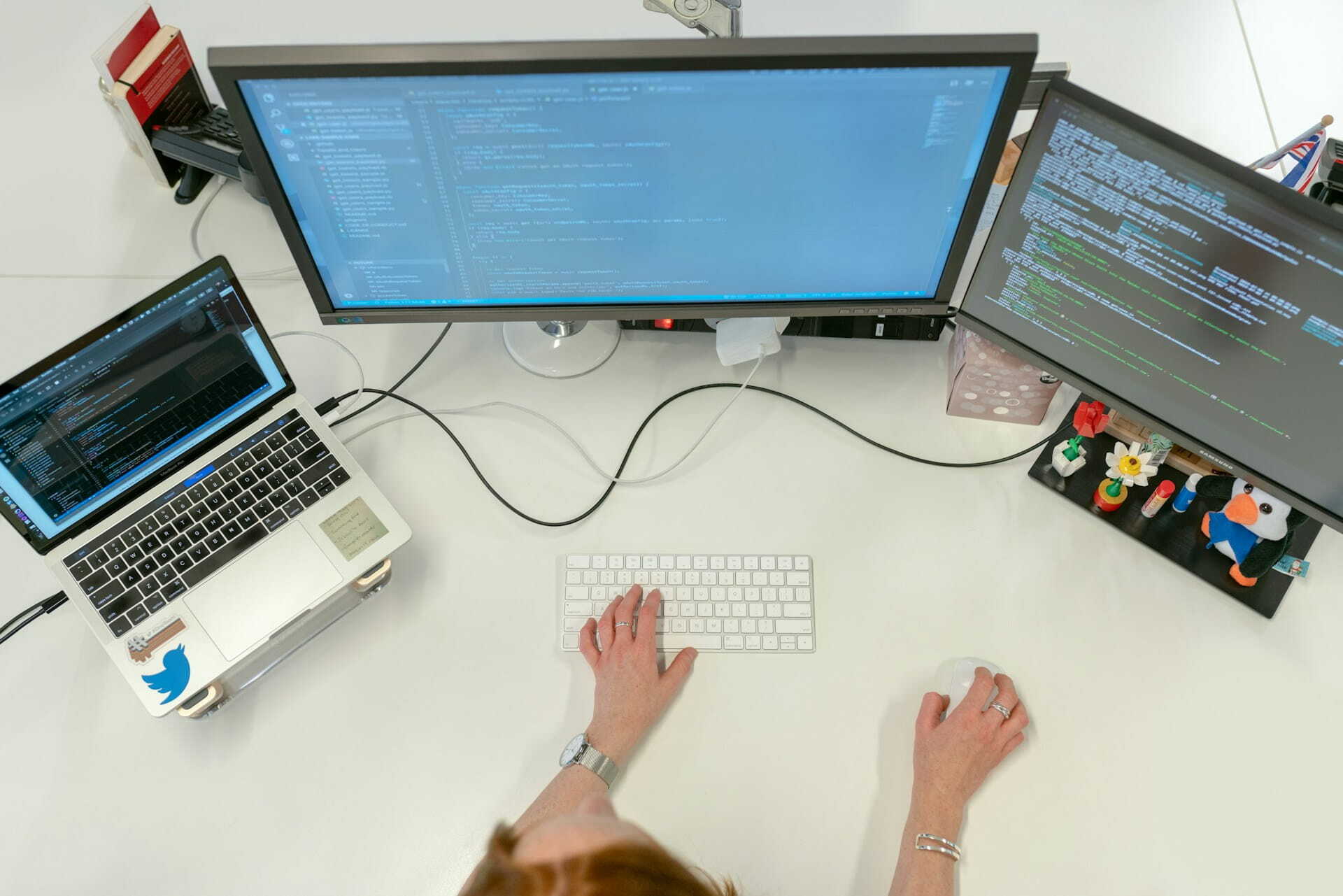8 February 2022 (updated: 6 December 2022)
Junior and Senior Developer Setup - What’s the Fuss All About?
Chapters

Why the Junior & Senior developer setup is getting so popular, and what your project can gain from it.
We can see a growing trend in the software development industry to add a Junior Developer to a Senior developer who’s already working on the project. At EL Passion, we also implemented this policy. But why exactly does it work so well, and what’s in it for you?
Let’s dive into details and see the benefits of hiring a Junior-Senior developer duo from the client’s perspective.
An important note: since it's pretty common for Juniors to progress quickly and become Mid Developers, the benefits of the setup are also applicable for developer duos with mixed seniority (e.g. Mid & Senior).
Budget efficiency
During every project’s development, there are tasks with different complexity levels. The best way to ensure the project’s smooth delivery is to divide the tasks in a manner that they correspond with the developer’s level of seniority. Some tasks take the same or similar amount of time of a Senior and Junior developer alike, so it’s most favorable to assign them to a Junior developer who, by definition, has a lower rate than a Senior developer. The Senior's main role with those tasks is to supervise, help, and support the Junior if any blockers appear.
For most projects, the Junior-Senior developer duo is a more efficient choice than hiring one Senior developer or two Senior developers. In the first scenario, you have only one developer performing all project tasks at the highest rate. There’s no task distribution according to the developers’ seniority, and the project’s timeline can be longer. In the second scenario with two Senior developers, you get faster development, but the costs might be too much for your project’s budget.
Faster development process
Adding a Junior developer to accompany a Senior developer actually boosts the overall team effectiveness and speeds up the project delivery. With delegation and task coordination, the project’s development goes smoothly, without unnecessary delays. A Junior can learn much quicker in a real-life environment than during a mockup project. The Senior makes key project decisions, supervises, and delegates smaller tasks to a Junior.
While Junior developers might not be capable of making high-level project decisions, they are definitely equipped to complete many tasks that Senior developers already see as tiring and mundane. Something boring for a Senior developer might be an exciting learning experience for a novice.
Knowledge sharing and team morale
Junior-Senior developer setup can boost your project’s efficiency but also improve team morale and the project’s stability. The Senior’ need for personal development is met — they can improve their management skills, because of planning and distributing tasks among the two team members instead of just one. And the Junior’s proactive approach is utilized in a high-paced project environment. The two developers can exchange knowledge and learn from each other, which is one of the key elements in a software development setting, and also a contributing factor to your project’s success.
Reduced risk of “bus factor” and improved project stability
The so-called bus factor is a measurement of risk resulting from a loss of knowledge, skills, etc that each person in the project brings to the table. The lower the number, the higher the risk.
The Junior-Senior developer setup ensures collective code ownership, and hence it helps reduce the bus factor risk significantly. In case of a sudden absence or unavailability of one of the developers (an environmental risk that sometimes is hard to predict and address e.g. illness), the project information and knowledge is not frozen in time and does not disappear, so the project can continue with little or no disturbance.
When you decide to pick up your development after a pause, it is also beneficial as it means there’s one more person working on the project first-hand. Knowing the project from within usually speeds up the assembly of your new development team.
Summing up — the value of a Junior developer
Junior developers will bring tangible value to your project — in a proper setup and with honest preparation. At EL Passion, Juniors are prepared and onboarded with utmost care, so they are able to work on commercial projects. That means they can use development best practices such as pair programming, SOLID principles, proper testing, and CI deployment. But not only that — as fully onboarded Junior developers, their soft skills are also vetted and tested. They have to be able to cooperate with Agile Project Managers, the client, and work in self-managing teams.
Most Junior developers are very eager to learn, curious, and proactive. And in a project setting, especially when guided by experienced mentors and Seniors, they can excel and unveil their true potential, contributing to your project’s success.
See also
- Self-managing teams: benefits, challenges, and our strategy - Self-management is one of the key concepts in agile software development and agile project management.





